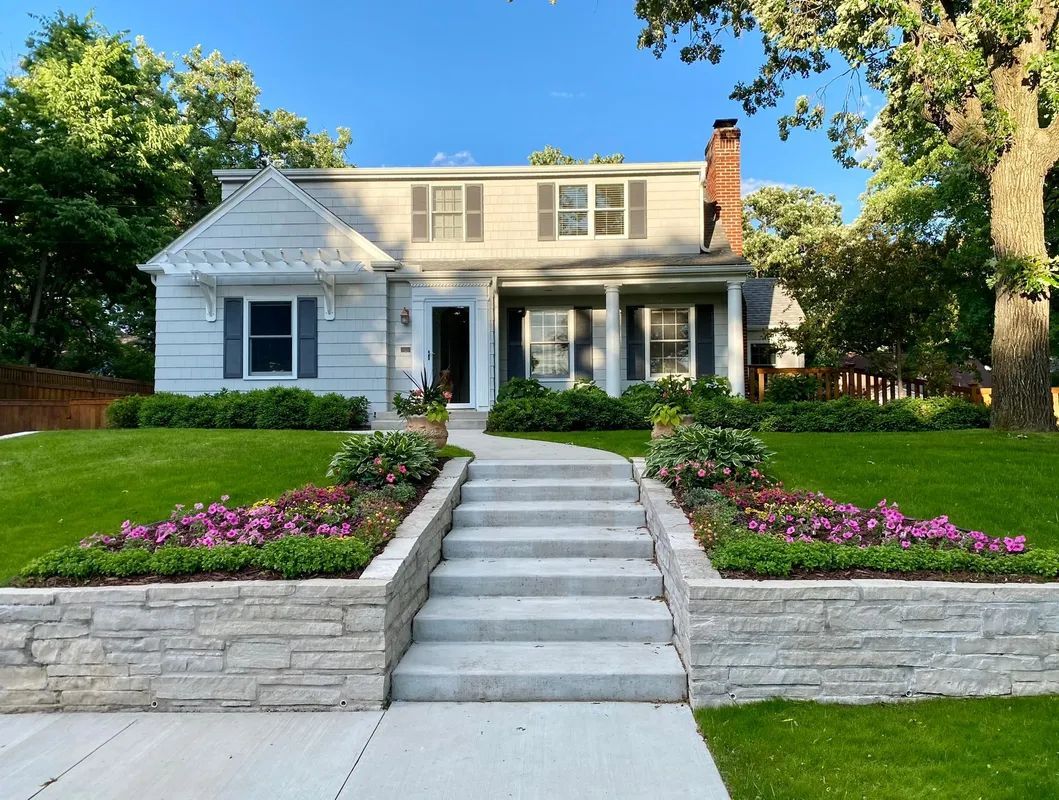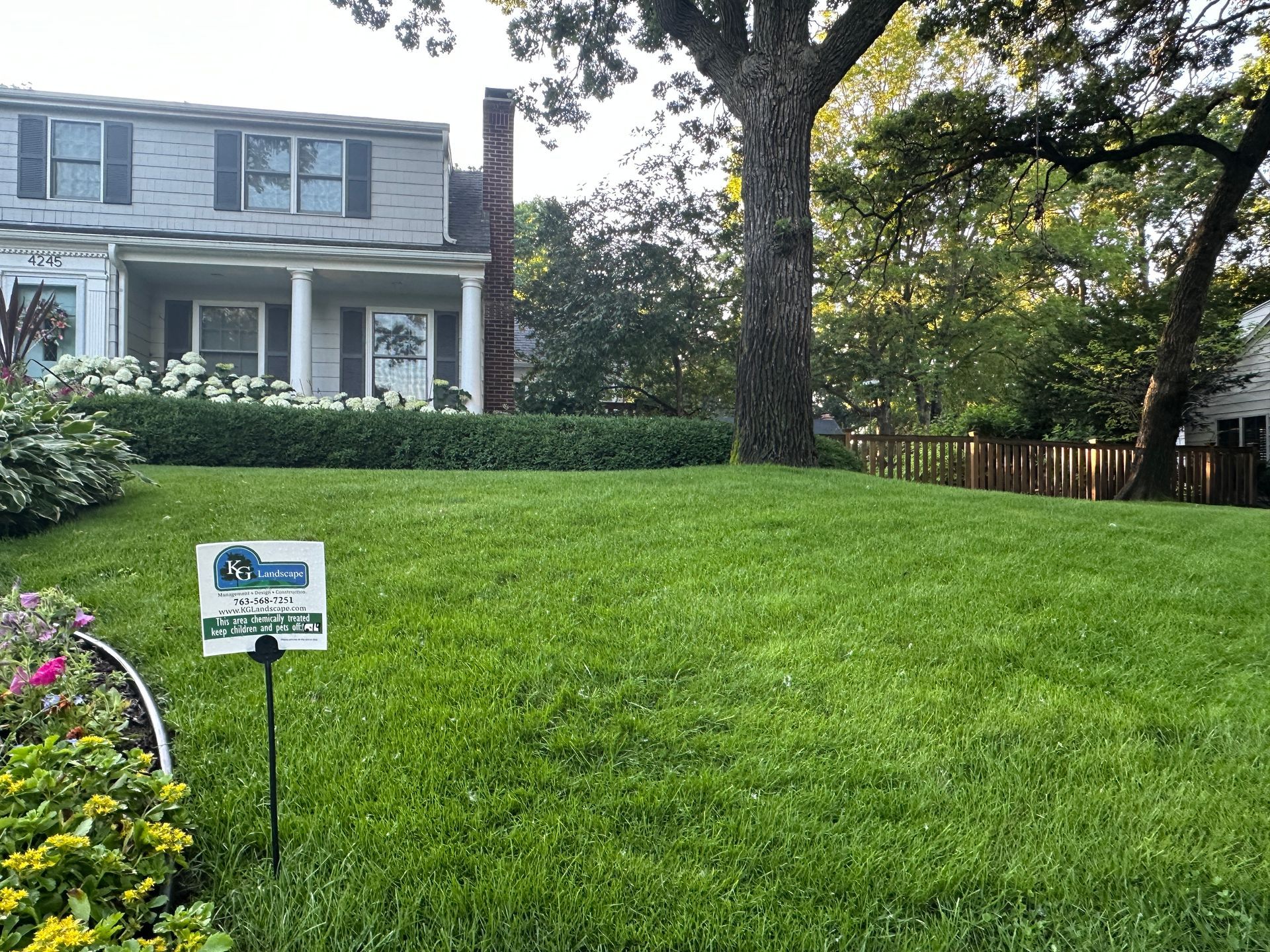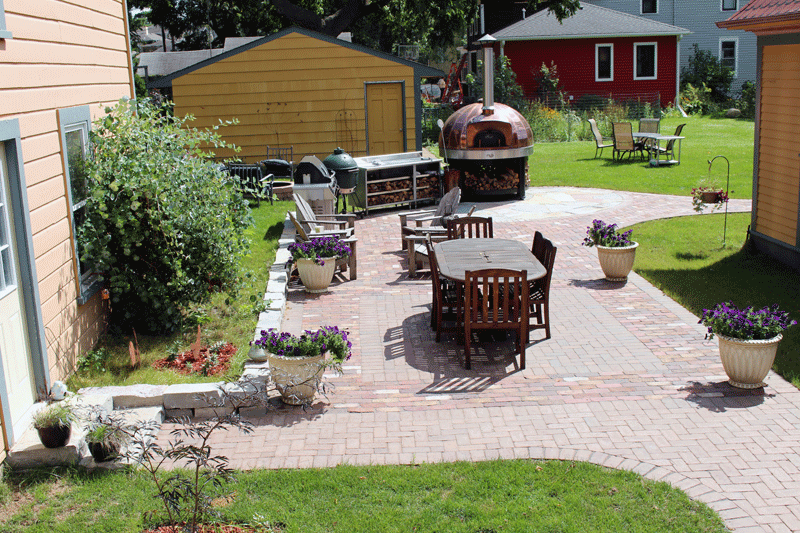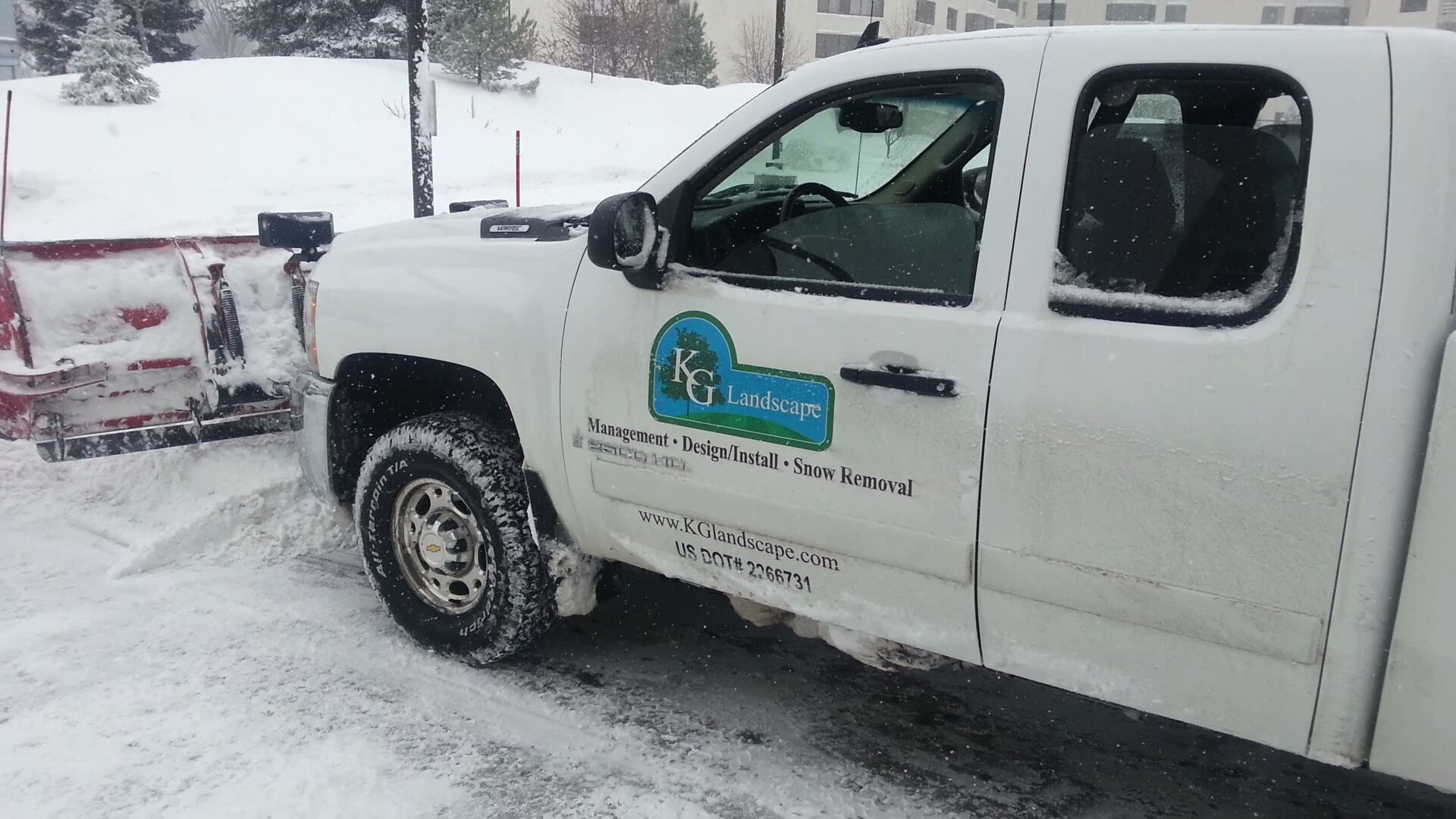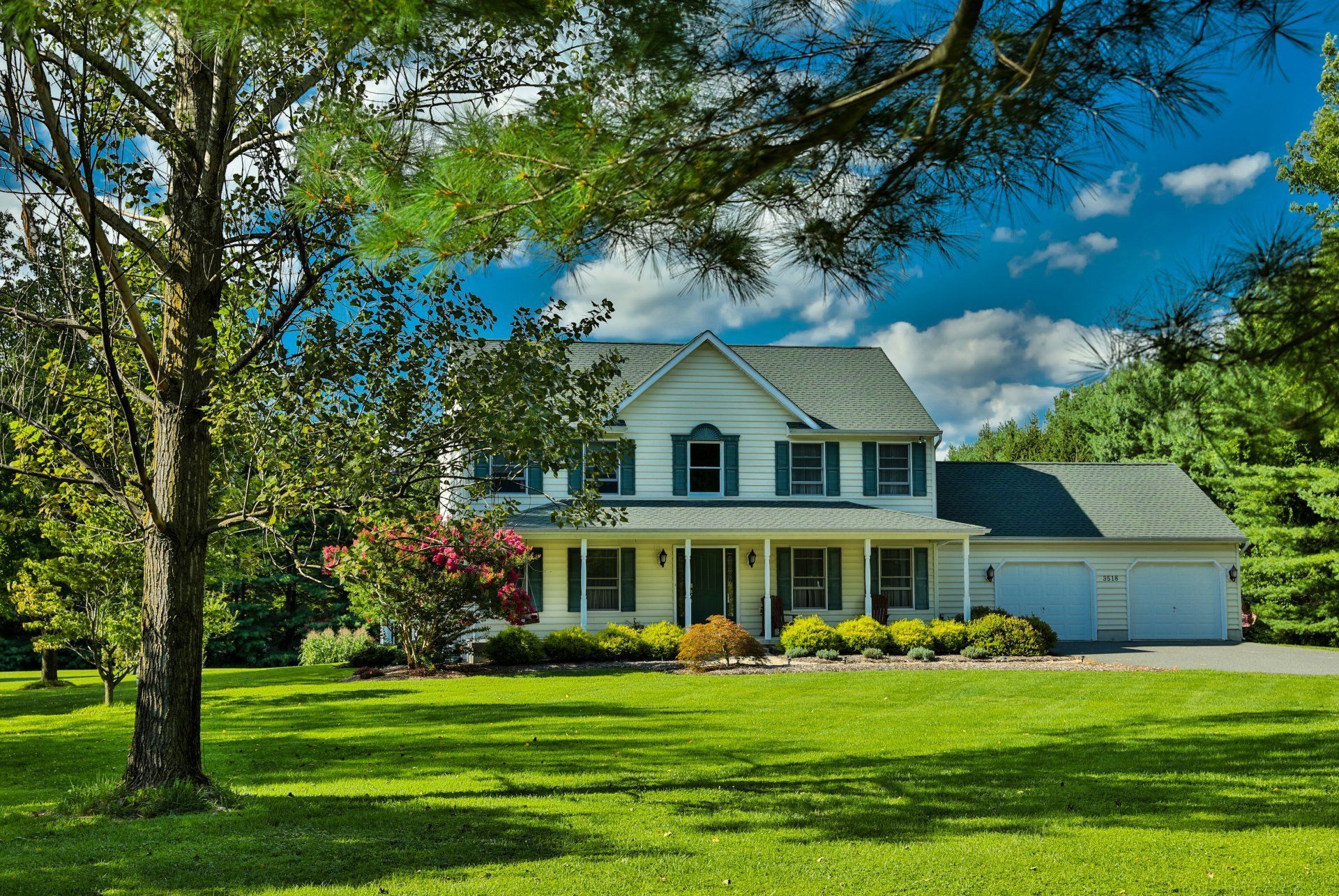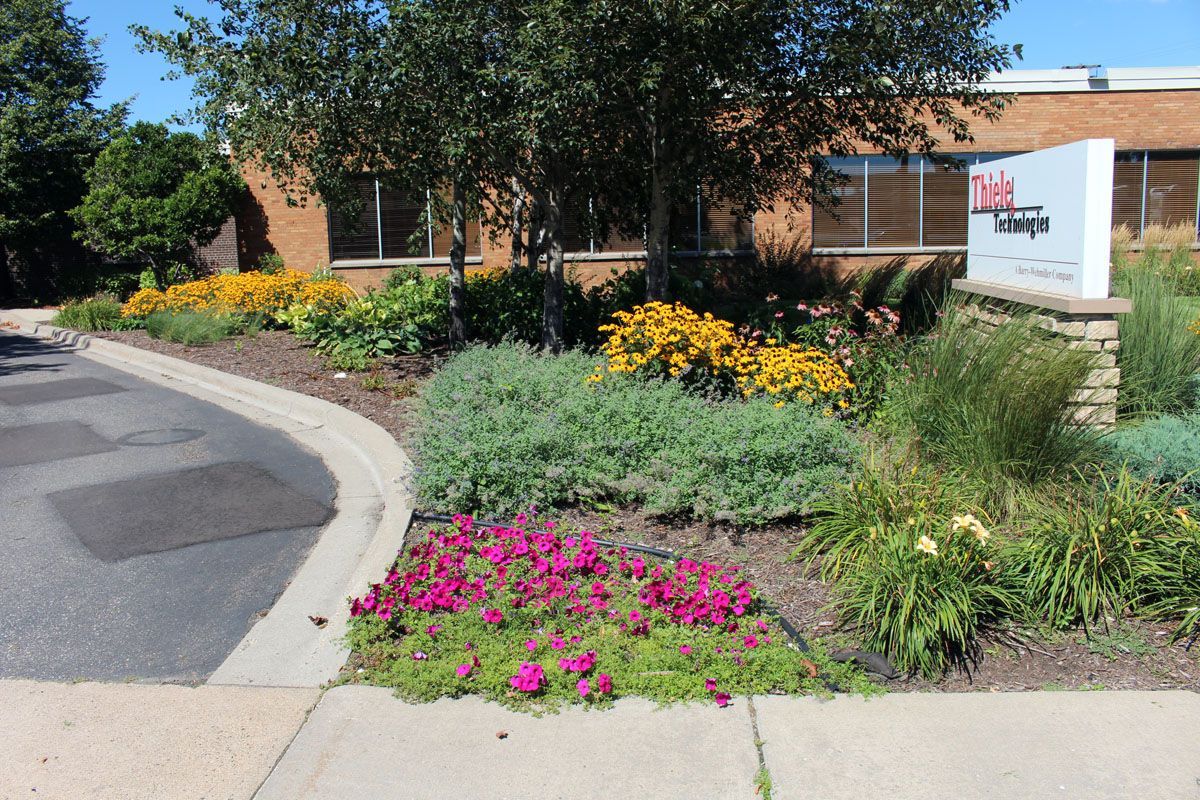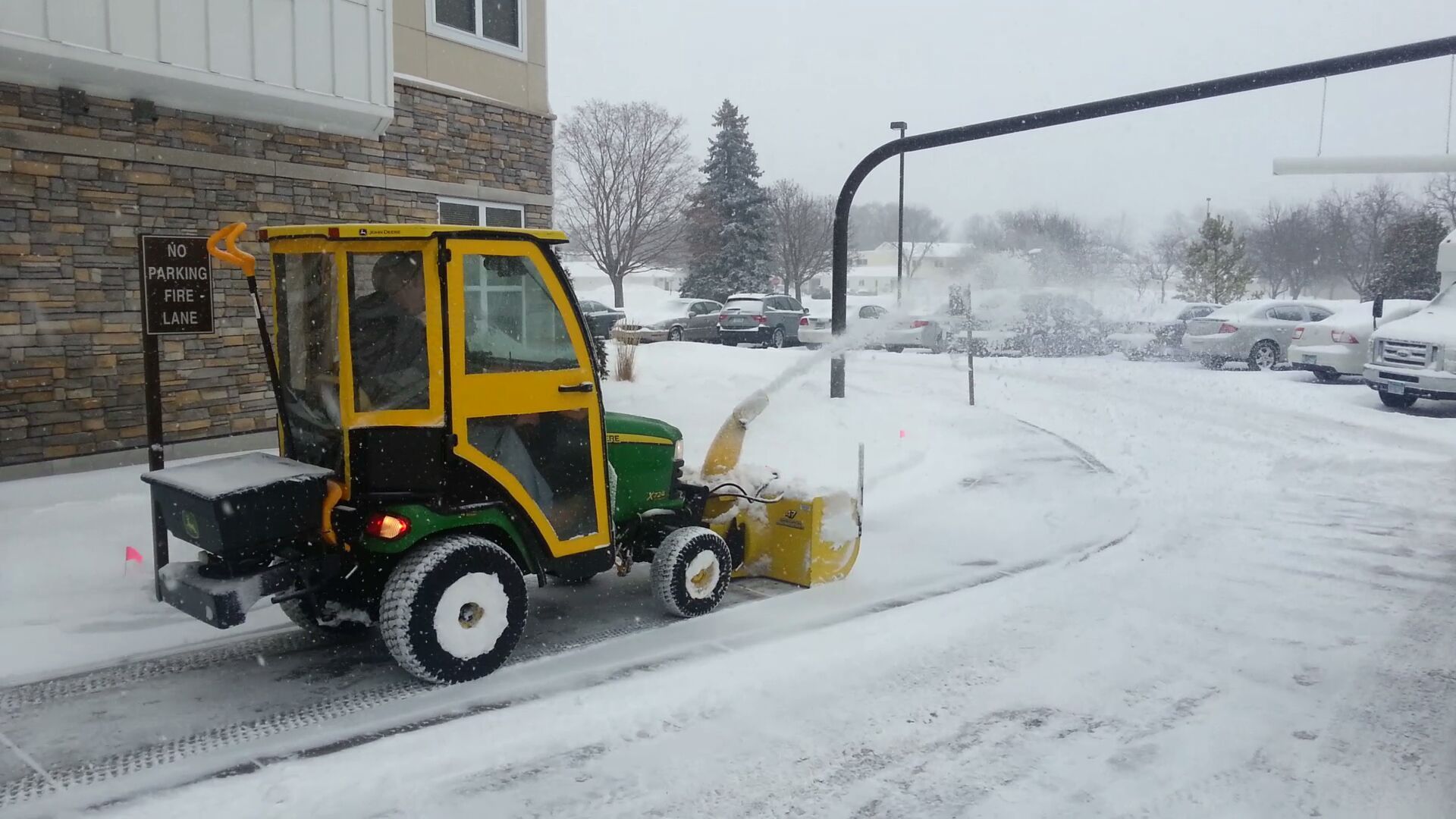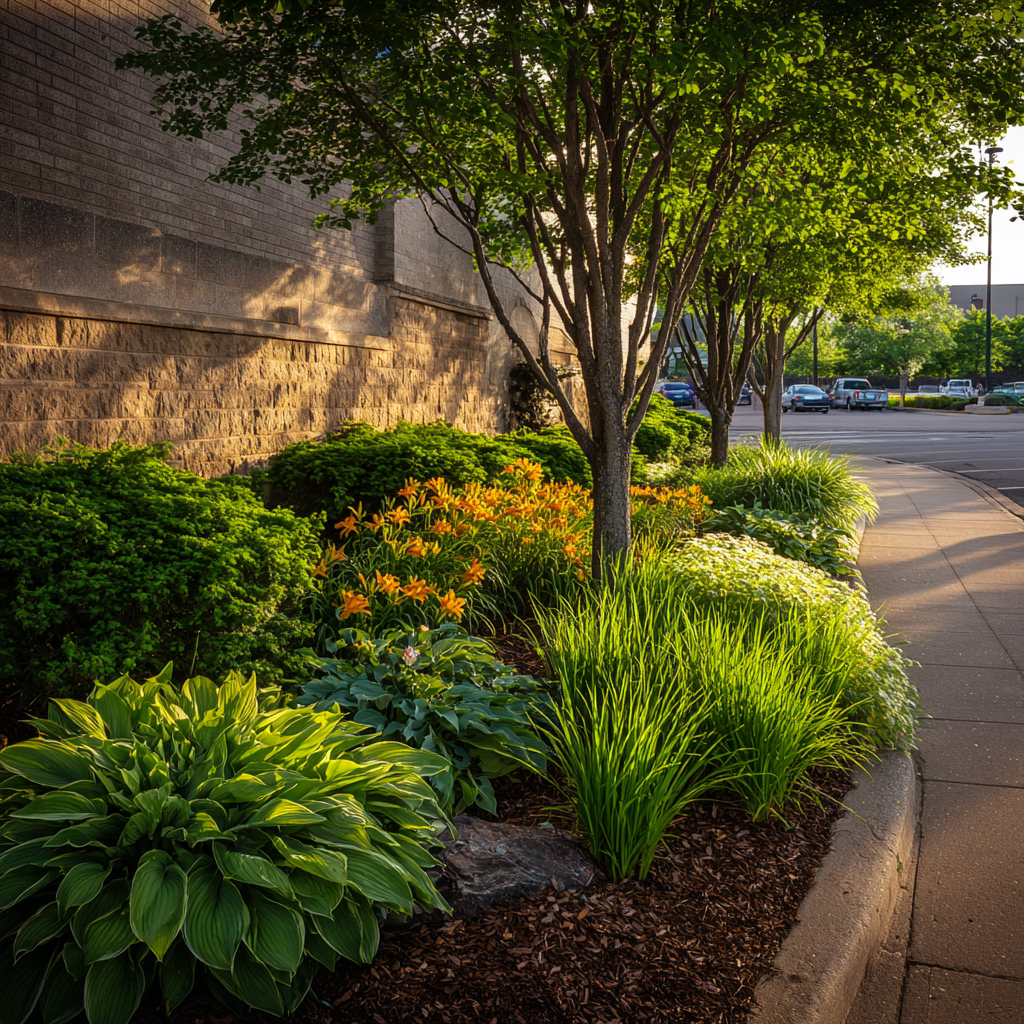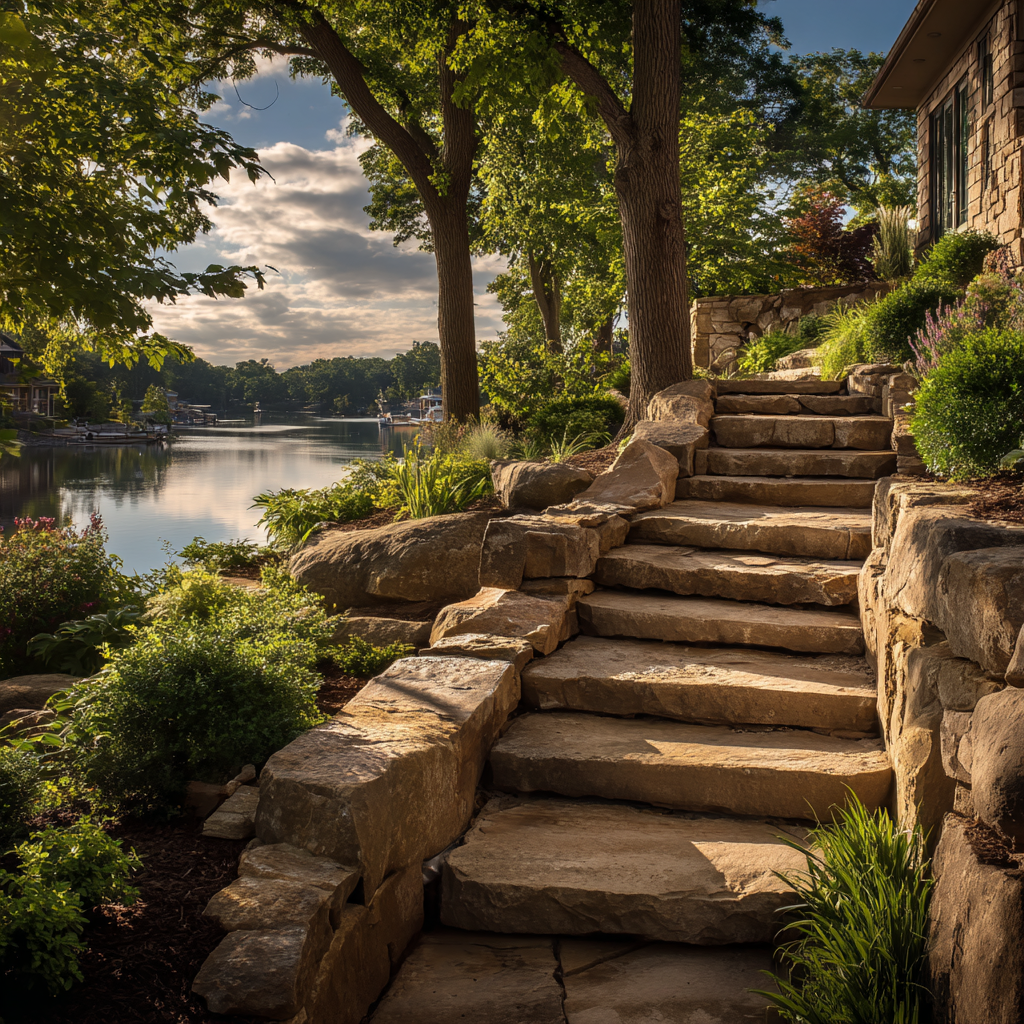Incorporating a fire pit into your backyard landscape is a great way to improve your home’s curb appeal and quickly become the entertainment hotspot for all your friends and family. While fire pits can be a ton of fun for homeowners and their families, they are also dangerous when installed and utilized incorrectly. If you have an open-flame fire feature in your backyard, keep these best practices in mind for a relaxing, safe, and stress-free fire pit experience.
1. Keep the Overhead Clear
Avoid placing your fire pit or other outdoor fire elements underneath trees, awnings, overhangs, and away from your house.
The National Fire Protection Agency estimates
that house fires are responsible for nearly 3,000 deaths annually, so you want to ensure that any fire element is placed at least ten feet away from a flammable structure.
2. Leave Ample Leg Room
Although gathering around the fire pit with family and friends is always fun, there is still always the slight chance that someone could get hurt. If someone sits too close to the flames, they can burn themselves and become seriously injured. Ensure that everyone sitting around the fire pit leaves enough leg room between themselves and the fire.
3. Contain Your Flames
Another crucial step to keep your family and guests safe is containing your flames. Portable fire pits should be equipped with a screen so embers stay safely within the main tray. Many modern fire features include built-in barriers that deter any dangerous situations.
4. Have an Extinguisher on Hand
It is crucial to always keep a fire extinguisher on hand when hanging out around your fire pit if the flames get out of hand or the fire pit itself spills over. There are other methods that are effective in dousing the flames of a fire pit. You can always keep a bucket of water or garden hose nearby in case it is necessary to extinguish the flames.
5. Avoid Flammable Fluids
Many homeowners are tempted to start or grow their fires using accelerants like gasoline or other flammable liquids. Doing so often leads to unsafe conditions and can potentially cause extensive burns to someone sitting too close to the flames.
Instead, keep some tinder on hand to start up a fire safely. Tinder is a dry, light material that catches fire quickly. Some examples of tinder that you can use in your backyard fire pit include:
Using tinder or commercial fire starters instead of hazardous materials as an accelerant is the safer way to start a real fire in your backyard. If you’re looking for a faster solution, there are several styles of quick-lighting gas and propane-powered fire features available on the market.
6. Secure Portable Fire Pits
Portable fire pits that are left unsecured can lead to dangerous situations. The bowls can slip or someone can easily knock the entire fire element over. Owners of built-in fire pits don’t have this problem, but it’s crucial to keep in mind if your fire feature if a portable style. Secure mobile fire elements like chimineas with fire-resistant cords or rope.
7. Add Outdoor Lighting
Additionally, there should always be a clear view of the area where your fire pit is installed, so nobody walks too close to the flames or knocks the fire pit over. The best way to do this is by
installing a landscape lighting system. Whether you go for a soft subtle glow or intense safety lighting, the extra illumination will make it easier to navigate around the fire pit.
8. Burn the Right Wood
It can be tempting to burn whatever wood you have lying around the house or on your property. While this might be a simple way to save some money, it can have incredibly detrimental effects on the environment and even your own health.
Treated lumber contains chemicals that can be harmful to humans when inhaled, so it’s crucial to keep these types of woods away from your fire pit. Softwoods like pine and cedar might seem like a popular choice for use in fire pits, but in reality, these types of wood can be dangerous as the fire creates small, popping pockets of air that throw off sparks. It’s best to buy designated bundles of firewood from local hardware stores or big box stores like Walmart.
9. Avoid Intoxication
One of the primary reasons people purchase a fire pit for their property is to entertain friends and family. Typically, these types of gatherings include alcohol, which, when consumed in excess, can be a deadly mix with fire pits. Intoxicated people are more likely to trip, slip, or fall, making fire pits a dangerous place. Keep an eye on your guests and ensure that no one becomes too intoxicated to avoid any horrible accidents.
10. Supervise Children
Fire pits are a backyard element meant to bring your family together. Although you can create some amazing memories around the fire, you can always experience some serious accidents if you don’t supervise your children.
Burning, hot flames are obviously dangerous, so don’t leave young children unattended around the fire pit. Take time to teach your kids about proper fire safety protocols, such as
these tips from the Red Cross.
Conclusion
Fire pits can be a lot of fun and create an excellent atmosphere for laughs and lovely memories with friends and family. Although backyard fire elements create an appealing environment, they also increase the risk of accidents when used or installed incorrectly. Homeowners should follow strict fire safety precautions to provide a safe and enjoyable experience for all their guests. When you follow these rules, you reduce the risks of any bumps, burns, or severe structural damage.

